
In the Mind of the Master, a fictional interview with Pablo Picasso
In this exclusive interview, we speak with legendary artist Pablo Picasso to better understand his creative process and explore the inspirations behind his most famous works. From his Blue Period to his involvement in the Surrealist movement, Picasso takes us on a journey through his prolific career and shares his thoughts on the role of the artist in society. Get ready to enter the mind of a true master and gain new insights into the world of art.

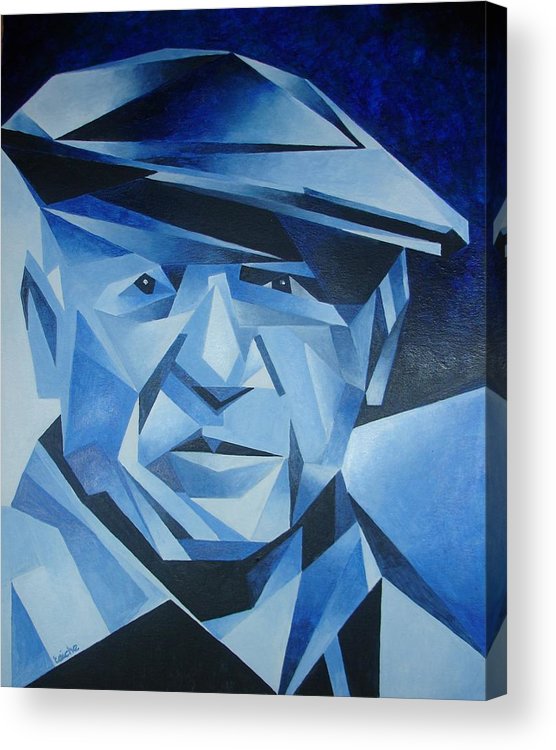
Your Blue Period is one of the most famous and significant phases of your career. Can you tell us more about what inspired you during this period and how it influenced your artwork?
My Blue Period was inspired by human suffering, loneliness and sadness. I wanted to express these emotions through cold blue tones and elongated shapes, in order to convey the depth of pain I observed in society at that time.
You were known for participating in the surrealist movement. How has this influenced your work, and what aspects of Surrealism appeal most to you?
Surrealism allowed me to explore aspects of the human psyche that have always interested me. I was particularly drawn to the idea of the unconscious and liberation from social and cultural constraints. This had a big impact on my work, allowing me to experiment with freer shapes and colors.
You have had a long and fruitful artistic career. Looking back, which work are you most proud of and why?
I’m proud of all my work, but if I had to pick a few, I’d say Les Demoiselles d’Avignon, Guernica and Les Femmes d’Alger are works that allowed me to push the boundaries of art and to create something truly new and unique.
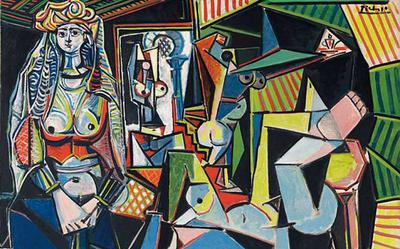
I would advise young artists to follow their passion and never give up, even when faced with challenges or setbacks. Persistence is the key to success.
Your artistic style has gone through many changes throughout your career. How did you decide when it was time to try something new, and what prompted those changes?
My changes in style have often been driven by a desire to explore new forms and ideas. I never wanted to rest on my laurels or just do the same thing over and over again. I have always sought to push the boundaries of what was thought possible in art.
Many people consider you one of the most important and top artists of the 20th century. How did you handle that pressure?
Yes, I was always aware of the responsibility that came with my position as a top artist. I always tried to focus on creating works that had a positive impact on society and made a significant contribution to art.
You contributed to the development of Cubism, which had a significant impact on the art world. How did you discover this style and what do you think its lasting meaning is?
Cubism was born as a natural evolution of my artistic style. I began experimenting with geometric shapes and incorporating them into my works, deconstructing and rearranging them in ways that created a new perception of reality. I worked with Georges Braque and together we created a new approach to artistic representation that transformed the way artists approached painting.
Cubism had a lasting impact on art, as it paved the way for new forms of artistic expression, breaking established conventions and challenging the very notion of realistic representation. Cubism also influenced other art movements such as abstract art and surrealism.
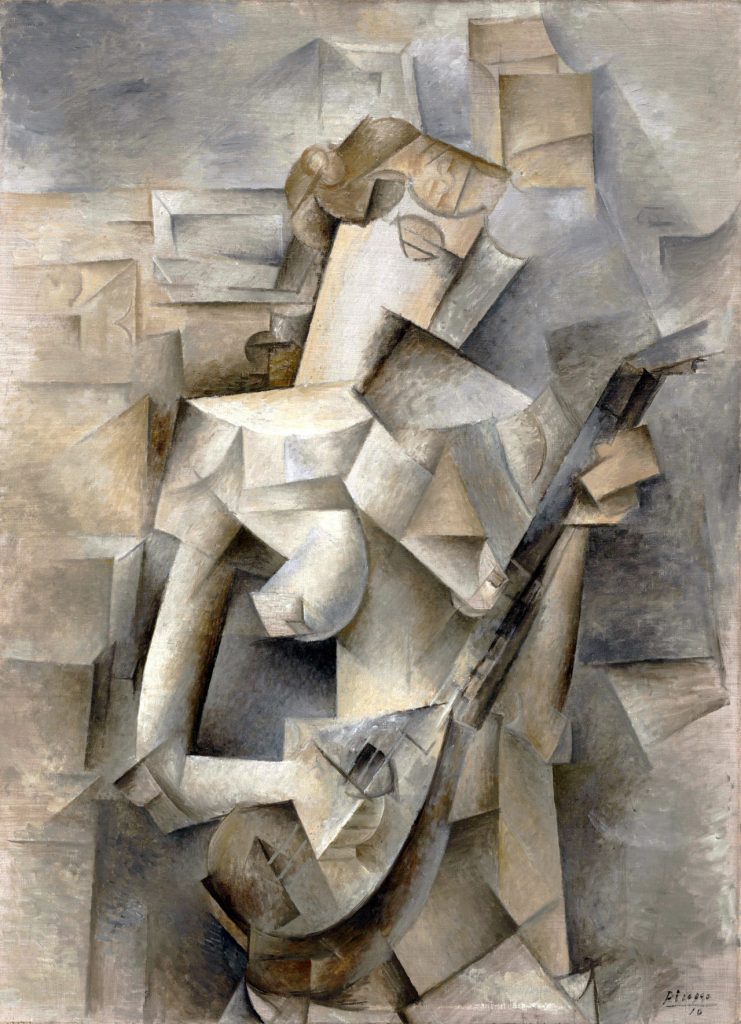
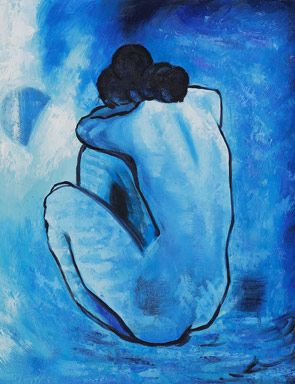
You were known as a prolific artist, producing a large number of works throughout your career. Can you describe your creative process and how you manage to maintain such a high level of productivity?
I have always worked hard and passionately. My creative process often starts with an idea or image that comes to mind, then I work on it until it takes shape on canvas. I was never afraid to take risks and explore new artistic avenues, which contributed to my high productivity.
Many of your works were controversial when they were first exhibited. Have you ever felt like you were pushing the boundaries too far, or did you like the controversy your work created?
I never intended to shock or provoke, but I knew that my work would not always be accepted by everyone. I have not been concerned about the controversy that my work might cause. On the contrary, he often encouraged me to continue to explore new ideas and push the boundaries of art.
You were also known for your collaborations with other artists and writers, notably Guillaume Apollinaire and Georges Braque. How did these collaborations begin and what have you learned from working with other people?
My collaborations with other artists and writers have been pivotal moments in my career. I learned a lot by working with them, especially in terms of technique and way of working. Collaborations often began with chance meetings, conversations and the exchange of ideas.
Looking back on your life and career, is there anything you would have done differently? What advice would you give to young artists just starting their careers?
If I had to change anything, it would be to make more time for my family and friends. I often sacrificed them, devoting more time to my art and now regret not enjoying more time with friends and family. I would advise young artists to follow their passion and never give up, even when faced with challenges or setbacks. Persistence is the key to success.

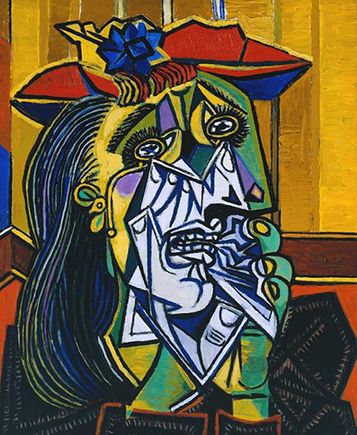
In this imaginary interview with Picasso, I/we as ChatGPT explored various aspects of the artist’s life and career. We talked about his Blue Period, involvement in the Surrealist movement, changes in artistic style, and collaborations with other artists and writers.
Picasso shared his thoughts on maintaining productivity and pushing the boundaries in his work, as well as reflecting on his life and career and offering advice to young artists.
Of course, it’s important to note that these were completely made-up answers, as Picasso himself died before the development of modern AI language models like ChatGPT. However, this exercise highlights the potential of artificial intelligence in creating realistic simulations of human-like interactions and conversations, as well as the importance of creativity and art in our society.
